 |
2-Picolinic acid is a white to off-white powdery substance; melting point (℃): 139-142; boiling point (℃, normal Pressure): 229.19; Flash point (℃): 139; Water solubility: 887g/L (20℃); Solubility: Easily soluble in glacial acetic acid, almost insoluble in ether, chloroform and carbon disulfide.

A method for recovering 2-Picolinic acid in 2-cyanopyridine wastewater, including the following steps:
Wastewater containing 1-10% 2-Picolinic acid passes through the D101 resin adsorption column. The adsorption temperature is controlled at 25°C, the adsorption flow rate is controlled at 1BV/h, the height-to-diameter ratio of the resin column is 12, and the wastewater is controlled on the adsorption resin. The residence time is 10 minutes, and wastewater containing 2-Picolinic acid <0.1% is obtained. The adsorbed resin is rinsed with 50% ethanol aqueous solution, the elution temperature is controlled to 30°C, and the elution speed is controlled to 0.5BV/h. The desorbed liquid is then rectified, and the temperature of the distillation kettle is controlled to 80-100°C. The reflux ratio is 1:2 to recover ethanol for elution and use to obtain a 15% 2-Picolinic acid aqueous solution, which is then passed through the polysulfone polymer membrane material. Carry out membrane concentration, control the membrane separation temperature to 75°C, the pressure to 0.6Mpa, and the membrane flux to 150L/m2·h to obtain a 55% 2-Picolinic acid concentrate. The recovery rate of 2-Picolinic acid in the wastewater is 95.5%.

A synthesis method of 2-Picolinic acid, including the following steps:
(1) Add a catalyst composed of cobalt dicyclopentadienyl, manganese acetate and cobalt acetate and acetonitrile in a mass ratio of 10:2:1 into the reactor. Dry acetylene is introduced at room temperature until the reactor pressure rises to 1MPa. Stir and heat to 150°C. , react for 9 hours, concentrate the reaction solution, and purify by distillation to obtain 2-methylpyridine;
(2) Heat the above-mentioned 2-methylpyridine on the heating bed to 350-370°C to become steam , and then mixed with ammonia, water vapor and air and then catalytically oxidized through a catalyst layer to obtain 2-pyridinecarbonitrile. The catalyst layer includes a catalyst, a promoter and a catalytic carrier. The catalyst is germanium oxide, trioxide Antimony oxide and vanadium oxide, the promoter is copper and zirconium, the catalytic carrier is alumina;
(3) Add the above 2-pyridylcarbonitrile to hydrogen with a concentration of 45% In the sodium oxide solution, heat to 80°C, stir and react for 6 hours, then cool to room temperature, filter with suction, wash the filter cake with water and dry to obtain crude 2-Picolinic acid. Add the above crude 2-picolinic acid to dichloro In methane, heat and reflux and stir until it is completely dissolved, then slowly add dropwise a mixed solution of methanol and ethanol with a volume ratio of 2:1. After the dropwise addition is completed, cool to room temperature, stir for 8 hours, suction filter, and put the filter cake into 65-80 After drying in an oven at ℃, the purified 2-Picolinic acid can be obtained.
In a 500ml three-necked flask, add 100g of 2-cyanopyridine and 200g of deionized water, then start stirring, raise the temperature to 50°C, and add 100g of 2-cyanopyridine to the flask. Add 128.2g of 30% sodium hydroxide into the solution. After the addition, continue to raise the temperature and reflux for 4 hours. Then steam the water. After 50g of steamed water, cool the reaction solution to 20°C, add 30% hydrochloric acid, and adjust the reaction. The pH value of the liquid is at 2.5, then turn on the steam to raise the temperature and steam the water until the temperature of the kettle reaches 120°C. Evaporate the reaction liquid to dryness and stop steaming water. Then drop 300g of absolute alcohol into the flask to maintain the temperature of the reaction liquid at 55°C, stir and dissolve for 2 hours after the addition is completed, and then filter. The filtrate is cooled and crystallized to precipitate solid 2-picolinic acid. Filter and dry to obtain 106.0g of 2-Picolinic acid, with a yield of 89.6%.
[1] [Chinese invention] CN201911417166.2 A method for recovering 2-Picolinic acid in 2-cyanopyridine wastewater
[ 2] [Invention in China] CN201710428761.0 Synthesis method of 2-Picolinic acid
[3] [Invention in China] CN200910031479.4 Synthesis method of 2-Picolinic acid
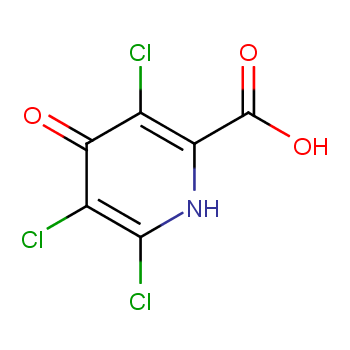 |
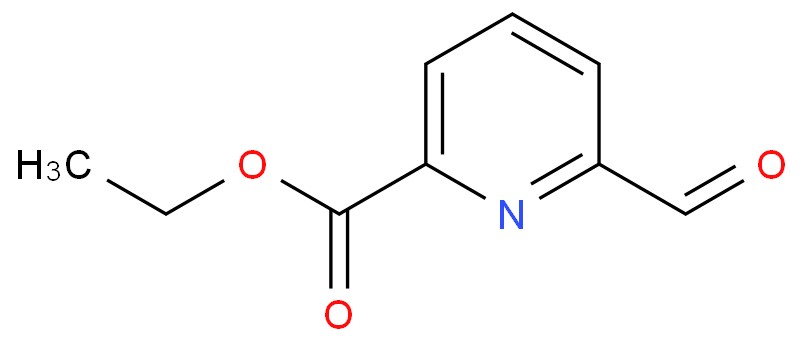 |
 |
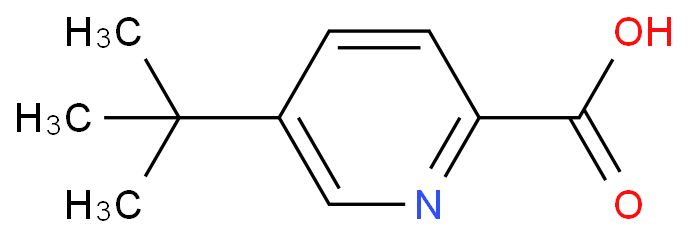 |
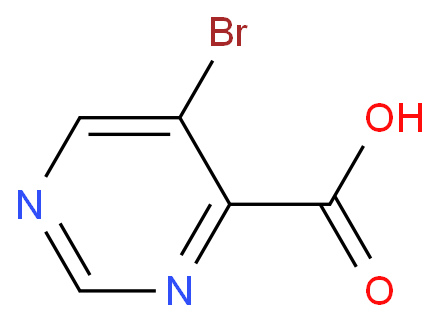 |
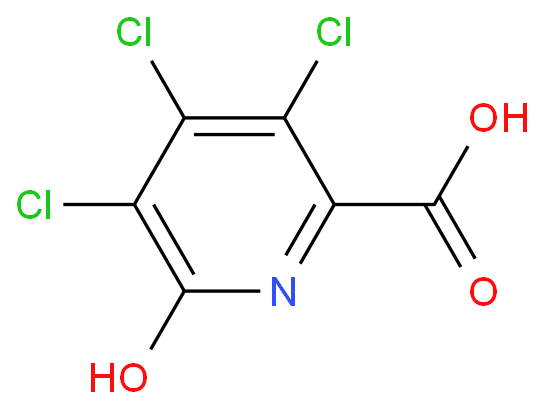 |
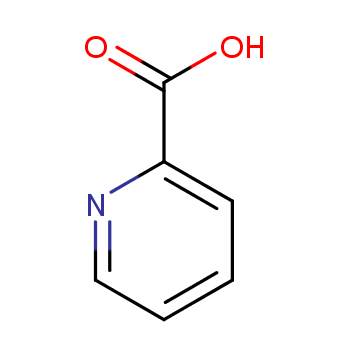 |